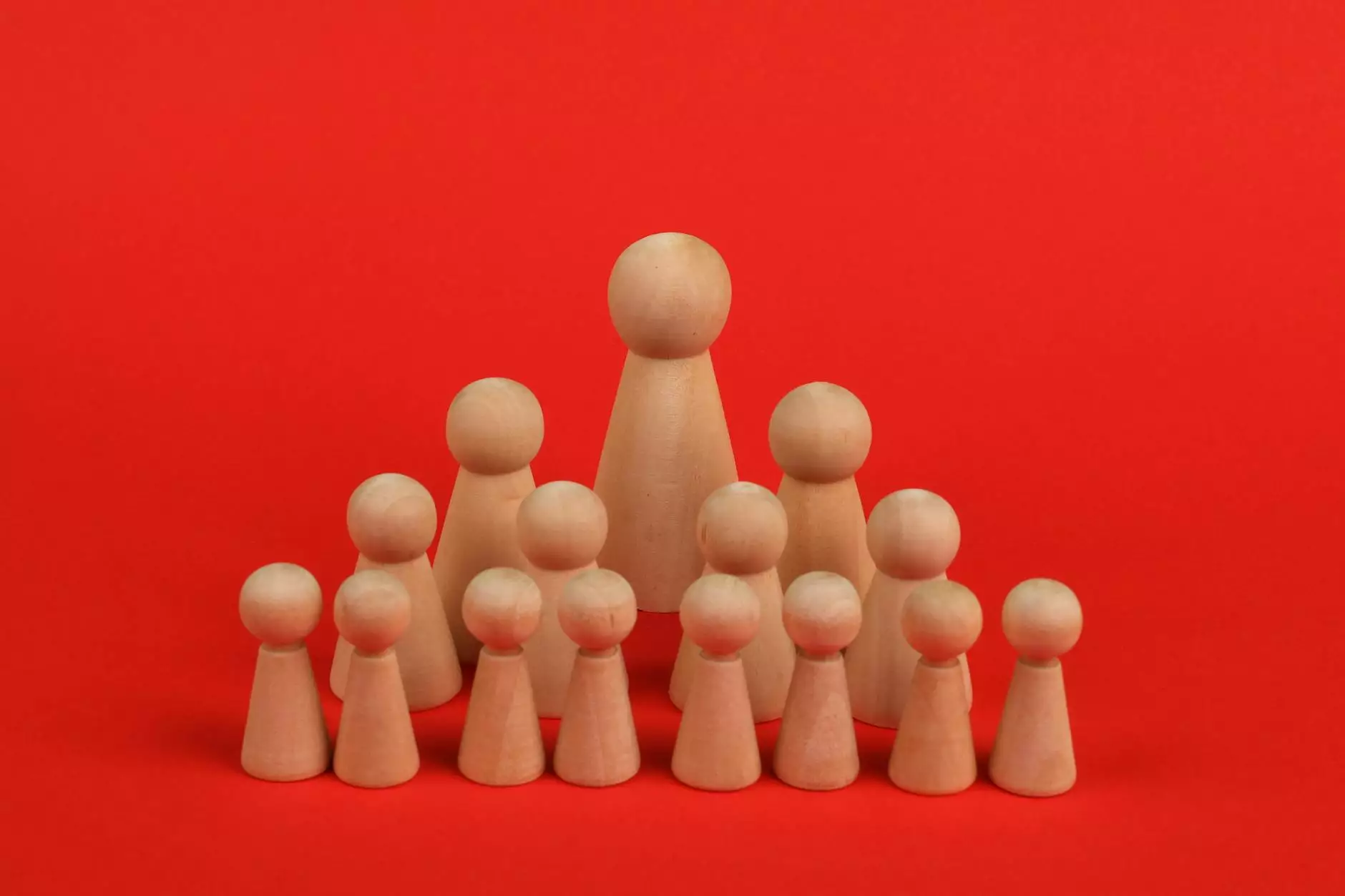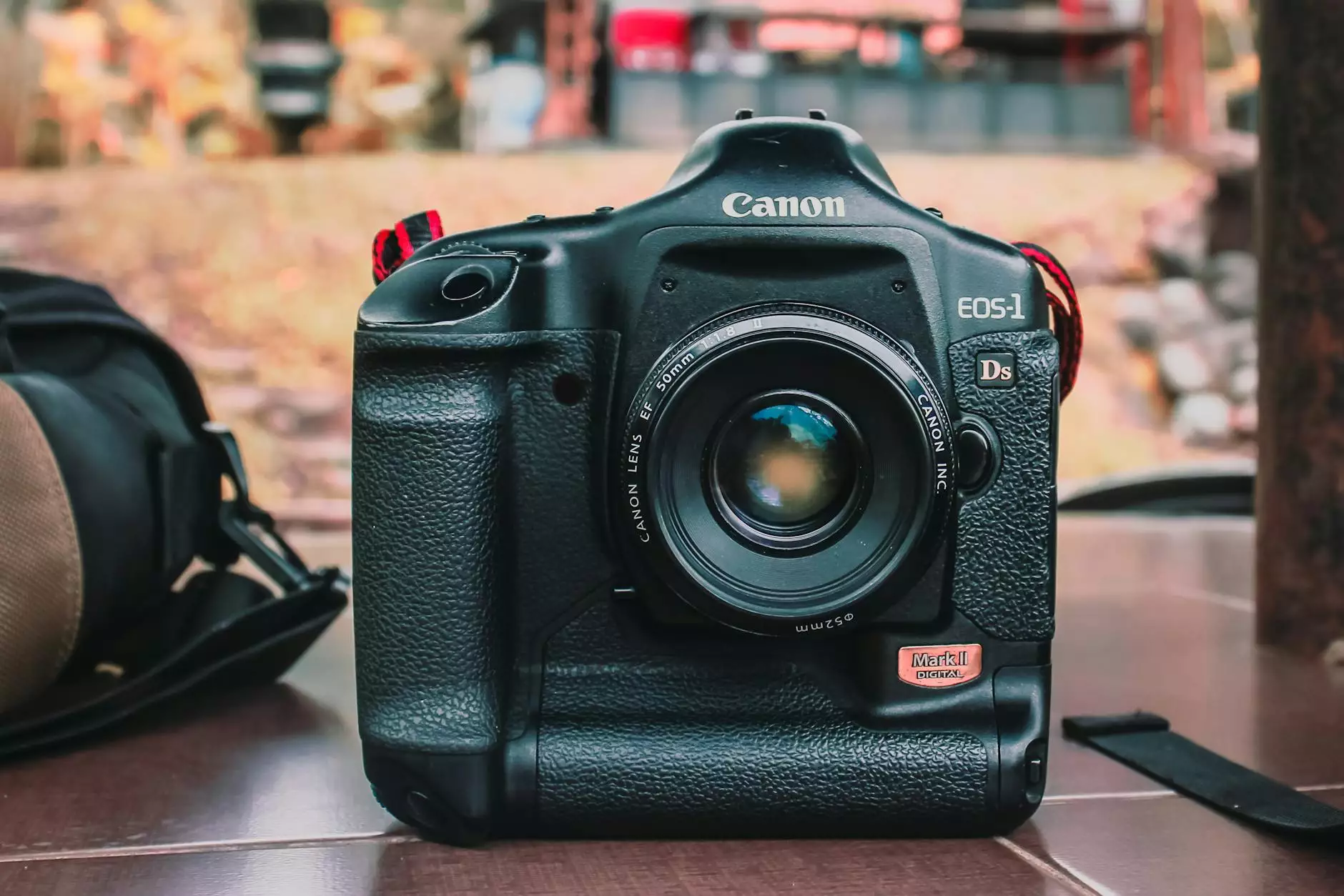Chinese Beauty Standards Analysis
Book Reports
The Cultural Significance of Chinese Beauty Standards
Chinese beauty standards have a rich history deeply rooted in cultural values and societal norms. Understanding these standards provides valuable insights into the evolution of Chinese aesthetics and society as a whole.
The Historical Context
Beauty standards in China have witnessed significant changes throughout the centuries. In ancient China, a pale complexion and delicate features were considered the epitome of beauty. These characteristics symbolized a woman's high social status, as manual labor often resulted in tanned or weathered skin.
During the Tang Dynasty, plumpness was highly desirable as it represented prosperity and abundance. Women with fuller figures were seen as the embodiment of fertility and wealth. However, as societal norms shifted, a slender figure gained prominence during the Song Dynasty.
The Influence of Traditional Chinese Medicine
Traditional Chinese medicine (TCM) also plays a significant role in shaping beauty standards. In TCM, health and beauty are closely intertwined. A well-balanced body and radiant skin reflect an individual's overall well-being.
TCM emphasizes the importance of inner beauty and holistic approaches to maintaining external appearance. The use of herbal remedies, specific food choices, and acupuncture are all part of TCM practices that aim to enhance one's natural beauty.
The Modern Interpretation
In the modern era, Chinese beauty standards have been influenced by globalization, media, and societal trends. While some traditional attributes, such as fair skin, remain desirable, there has been a significant emphasis on Westernized features, thanks to the media's portrayal of Western beauty ideals.
However, it is important to note that China's diverse population ensures a range of beauty standards exists across different regions and ethnic groups. There is a growing movement towards embracing cultural diversity, challenging the narrow notion of beauty.
Impact on Society and Self-Perception
Beauty standards can have both positive and negative effects on individuals and society. On one hand, they promote a sense of cultural identity and preserve traditional values. On the other hand, they can lead to unrealistic beauty expectations and contribute to body image issues.
It is crucial to foster a healthy body image and promote self-acceptance. Emphasizing inner qualities, talents, and achievements alongside physical appearance can help individuals develop a positive self-perception and challenge societal beauty norms.
Breaking Stereotypes and Encouraging Diversity
In recent years, there has been a growing movement to challenge beauty standards and celebrate diversity in China. Influencers, brands, and cultural advocates are working towards promoting a broader definition of beauty, one that encompasses various ethnicities, body shapes, and features.
By highlighting the unique qualities and characteristics of individuals, we can create an inclusive society that appreciates diverse beauty. It is through understanding and embracing cultural differences that we can overcome rigid beauty standards and encourage self-expression.
Conclusion
Chinese beauty standards have evolved throughout history, influenced by cultural values, traditional medicine, and contemporary trends. While there is a certain ideal emphasized by media, it is essential to recognize and appreciate the diversity of beauty within China.
The Knowledge Nest takes pride in providing comprehensive and insightful analyses on community and society-related topics. By exploring Chinese beauty standards, we aim to foster a deeper understanding of cultural diversity and challenge established norms.









